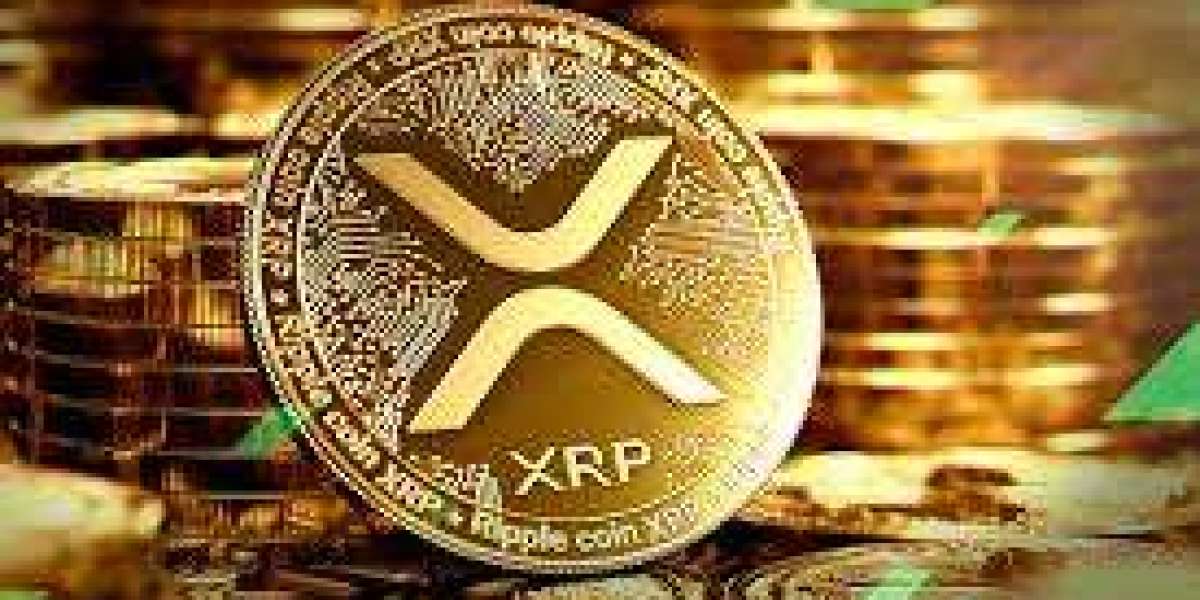by Constantin Springer
#XRP, the digital asset associated with #Ripple Labs, has been a significant player in the cryptocurrency market since its inception. As the world of digital finance evolves, the future of XRP is a topic of keen interest for investors, financial institutions, and crypto enthusiasts. This analysis explores the key factors that will shape the future of XRP, including regulatory developments, technological advancements, market adoption, and competition.
Regulatory Developments
One of the most critical factors influencing the future of XRP is the regulatory landscape. Ripple Labs has been embroiled in a legal battle with the U.S. Securities and Exchange Commission (SEC) since December 2020. The SEC alleges that Ripple's sale of XRP constitutes an unregistered securities offering. The outcome of this case will have far-reaching implications for XRP and the broader cryptocurrency market.
A favorable ruling for Ripple could solidify XRP's status as a non-security, boosting its legitimacy and encouraging wider adoption. Conversely, a negative outcome could result in significant penalties for Ripple and a potential reclassification of XRP as a security, leading to stricter regulations and reduced market accessibility. Additionally, the case could set a precedent for how other cryptocurrencies are regulated in the United States, influencing the entire industry's trajectory.
#### Technological Advancements
Technological innovation is another cornerstone of XRP's future. Ripple Labs has continually worked on improving the XRP Ledger (XRPL), aiming to enhance its scalability, security, and functionality. The introduction of features such as the XLS-20 standard for native NFTs (Non-Fungible Tokens) on the XRPL can attract new use cases and developers to the platform.
Moreover, Ripple's focus on cross-border payments through its On-Demand Liquidity (ODL) service, which leverages XRP, positions it as a solution to the inefficiencies of traditional banking systems. By reducing transaction times and costs, XRP has the potential to revolutionize international money transfers. Continuous upgrades and partnerships with financial institutions worldwide will be crucial in maintaining and expanding XRP's utility in the financial ecosystem.
#### Market Adoption
Market adoption is a vital indicator of XRP's future success. Ripple has made significant strides in partnering with banks and financial institutions to facilitate cross-border payments. These partnerships not only validate XRP's utility but also increase its visibility and credibility in the financial sector.
However, broader adoption among retail investors and merchants remains a challenge. As cryptocurrencies become more mainstream, XRP will need to compete with other established digital assets like Bitcoin and Ethereum, which have larger market shares and more robust ecosystems. Ensuring ease of use, security, and scalability will be essential for XRP to gain a foothold in various sectors beyond banking, such as e-commerce and remittances.
#### Competition
XRP faces stiff competition from other cryptocurrencies and blockchain projects. Stellar (XLM), for example, also focuses on cross-border payments and has established partnerships with financial institutions. Ethereum's smart contract capabilities and extensive developer community make it a formidable competitor in the broader blockchain space.
To stay competitive, Ripple must continue to innovate and differentiate XRP from its rivals. This involves not only technological improvements but also strategic partnerships and effective marketing to highlight XRP's unique value propositions. Ripple's efforts to establish a strong regulatory framework and comply with international standards will also play a crucial role in distinguishing XRP from other digital assets.
#### Conclusion
The future of XRP is intertwined with various dynamic factors, including regulatory outcomes, technological advancements, market adoption, and competition. While challenges exist, Ripple's strategic focus on cross-border payments and continuous technological improvements position XRP well for long-term growth. The resolution of the SEC lawsuit will be a pivotal moment, potentially reshaping the regulatory environment for XRP and other cryptocurrencies. As the digital finance landscape continues to evolve, XRP's ability to adapt and innovate will determine its place in the future of global finance.









